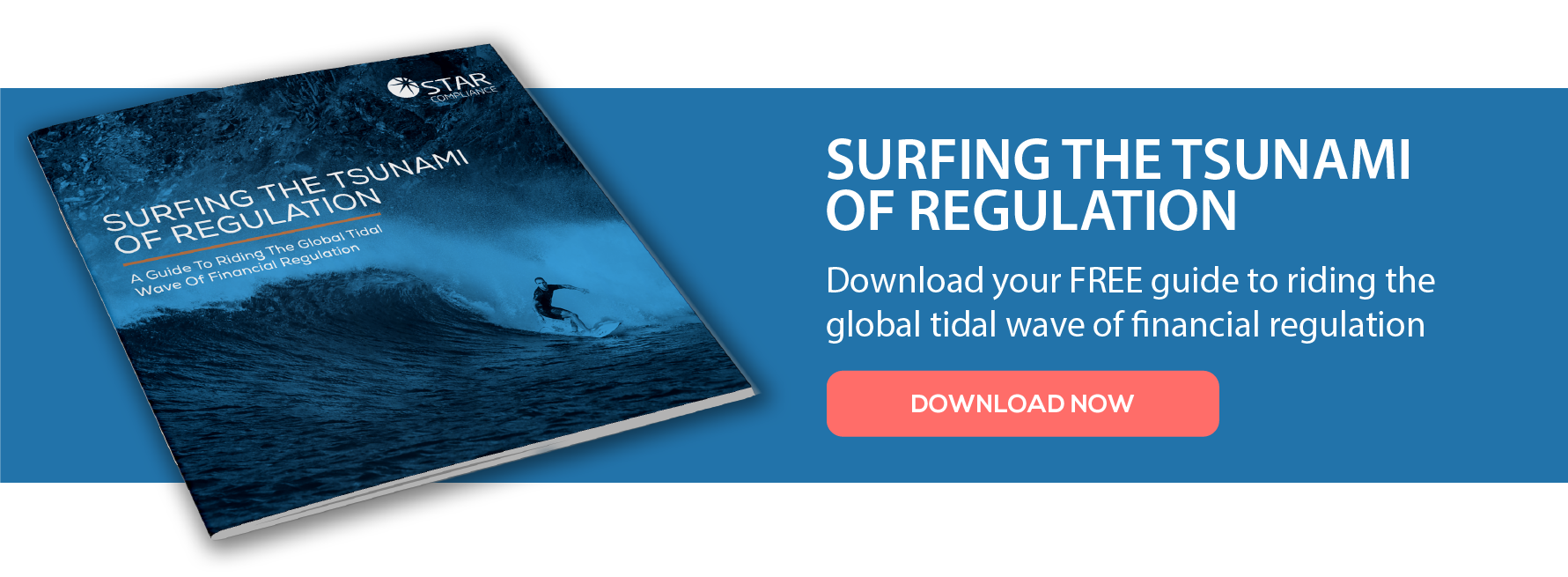The pay-to-play rule changed the rules of the political contributions game. Bill Donnell, Star's resident expert on all things contributions and compliance, offers full details and a way to get you back in the game—just in time for America's November elections
Since the early 80s, US politics has been characterized by a state of permanent campaigning, with the line between fundraising and governing becoming increasingly blurred. Unsurprisingly, this activity intensifies ahead of key dates in the political calendar, like the US midterm elections. This set of local, state, and federal elections on November 8 has the potential to significantly shape the second half of Joe Biden’s presidency and the direction of the country, and voters know it. As such, the campaigns are expected to be fiercely fought on both sides of the aisle. In the US that equates to spending, fueled likely in no small part by the contributions of individual citizens.
Although the US allows individuals to make what donors in other countries might consider to be “generous” contributions, restrictions on how much can be given to whom in each election still apply and are strictly enforced. Right after the 2002 midterms, the Bipartisan Campaign Reform Act (BCRA) came into force, increasing the allowable limits on individual contributions to federal candidates and political parties. A ruling issued in 2014 by the Supreme Court, McCutcheon v. FEC, upheld the BCRA and went beyond it: striking down aggregate limits on the amount individuals may contribute during a two-year period to all federal candidates, parties, and political action committees (PACs) combined. Finally, every two years the Federal Election Commission updates certain donation limits in line with inflation; this includes individual contributions to candidates and party committees. In short, there’s a lot working in favor of individual donations right now.
HOW THE PAY-TO-PLAY RULE CHANGED THE RULES OF THE GAME
Since its adoption in 2010, the SEC's Advisers Act Rule (a.k.a., the pay-to-play rule) has prohibited investment advisers from receiving compensation for advisory services provided to government clients for a period of two years after any political campaign contributions have been made by the adviser or their covered personnel to certain officials of the government. This is intended to prevent said advisers and their personnel from making political contributions to candidates for public office who are in a position to influence the award of advisory contracts for things like public pension funds. The SEC continues to take an active stance on enforcing this rule.
The pay-to-play rule specifically requires firms to monitor and pre-clear employee political contributions. As the country heads toward November’s midterms, investment advisers and other registrants should be renewing and, where necessary, strengthening their related compliance policies and procedures. The cost of non-compliance can be substantial, with advisers potentially facing regulatory censure, financial penalties, reputational damage, and lost future business with public entities. So, how can firms whose employees make individual political contributions ensure these individuals are complying with the pay-to-play rule?
HOW THE RIGHT MONITORING SOFTWARE GETS YOU BACK IN THE GAME
Tracking the individual employee political donations that can break this costly rule manually is time-consuming, labor intensive, and subject to human error. The key to effective monitoring is automation. Paired with accurate and timely data, it can provide compliance teams with a single source of truth, from which they can identify and react to conflicts faster. This is where political contributions monitoring software can make all the difference.
Here’s how it works. Employees submit pre-clearance requests for the donations they’d like to make in the software. Based on whatever settings compliance has already configured, said employees receive automated approvals or denials for their donation request, typically within seconds. Any request that can’t be handled by the software is automatically escalated to compliance for further review. Further, good software will allow administrators to create custom profiles for each employee, as well as apply donation limits to specific user groups and set review thresholds that apply to users within those groups. It will also allow administrators to manage lists of individuals or political entities benefiting from any donations made by employees, as well as define rules for automated cross-referencing of existing data when any pre-clearance request is made. All of this adds up to greatly reduced potential for conflicts to slip between the cracks.
But good process won’t get you very far without good data, and that’s something software like Star’s Political Donations solution and 6L Political Surveillance tool provide in abundance. Critical contributions data is updated frequently–as often as federal, state, and local governments update it themselves–and then searched out and found automatically by the Star software in all the many disconnected, far-flung databases it resides in. From there it’s tidily collected into one system for easy viewing and analysis. Since the pay-to-play rule requires improper donations to be identified and withdrawn no more than four months after the contribution was reported, this kind of timeliness—combined with exhaustive comprehensiveness—can make all the difference when it comes to reducing the considerable firm risk associated with employee political donations.
Star is transforming how political contributions are monitored with automated tools that enable organizations to protect themselves against potentially costly employee conflicts of interest. With the 2022 midterms just around the corner, that transformation couldn’t come at a better time.




